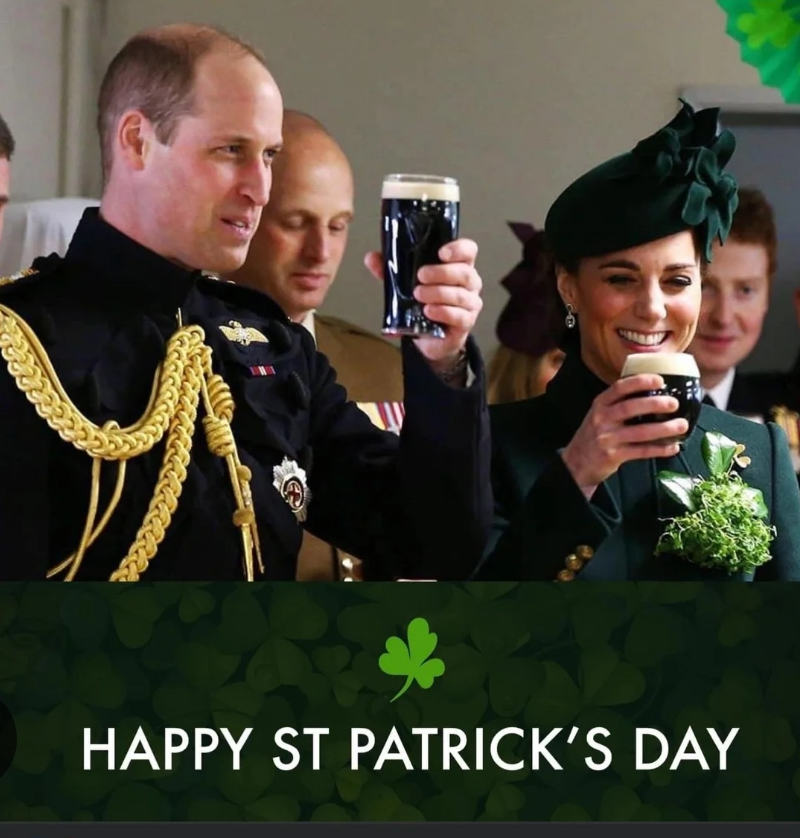- BY Kevin Barry BSc(Hons) MRICS
- POSTED IN Latest News
- WITH 0 COMMENTS
- PERMALINK
- STANDARD POST TYPE

This year’s St. Patrick’s Day had a different kind of resonance—quieter, perhaps, but no less significant.
For decades, the day has served as a powerful expression of Irish identity, especially in America. It’s a sea of green, a celebration of heritage, and for many, a reaffirmation of a cultural and political bond with Ireland’s nationalist tradition. That tradition is strong, proud, and deeply felt.
But this year, something else happened—something worth paying attention to.
Unionist voices, for the first time in a long time, began to take a more visible place in the celebrations. Quietly, without fanfare, representatives from a tradition long removed from these global Irish gatherings walked into the room. And stayed there. And spoke.
To some, it may have seemed odd. Even provocative. But in the bigger picture of this island’s future, it might just be one of the most hopeful developments yet.
Because what we’re building on this island—if we’re serious—isn’t just a united Ireland in the constitutional sense. It’s a shared home. One where culture, tradition, and identity stretch beyond old binaries. One where a British identity doesn’t need to disappear, but where it can live—comfortably, respectfully—within the frame of an Irish future.
When unionists attend or front up St. Patrick’s Day events in America, they do more than make a statement. They challenge a deeply held assumption: that Irishness and Britishness must exist apart. They show a willingness—however tentative—to walk into spaces traditionally marked “other” and see what happens.
And what happens is this: a subtle erosion of fear. A softening of fixed identities. A realisation that we might not be as different as we thought.
For those of us who believe in unity—not as conquest, but as common ground—this is what progress looks like. Not always loud. Not always easy. But unmistakable when it comes.
So yes, let us reflect on a St. Patrick’s Day where more voices were heard. Where unionism met the diaspora not in opposition, but in dialogue. And where, for once, everyone wore green—not as a badge of sides, but as a symbol of shared space.
That’s the Ireland we’re building. Quietly. Together.
